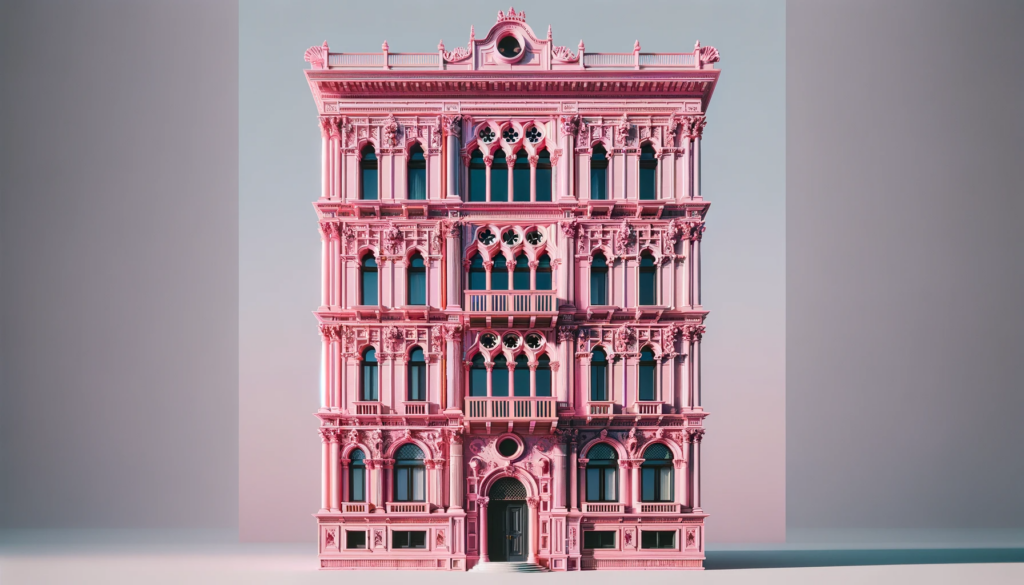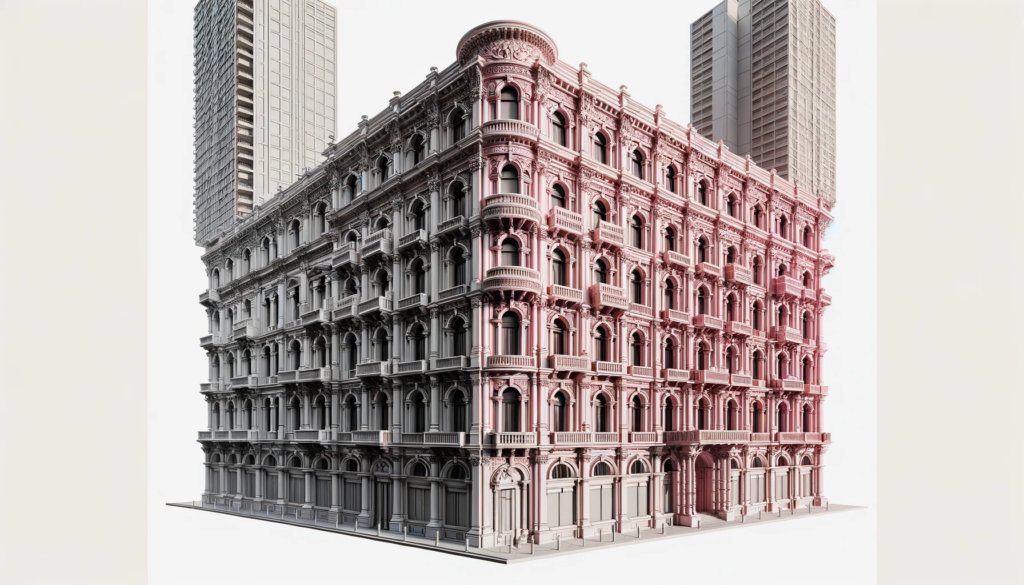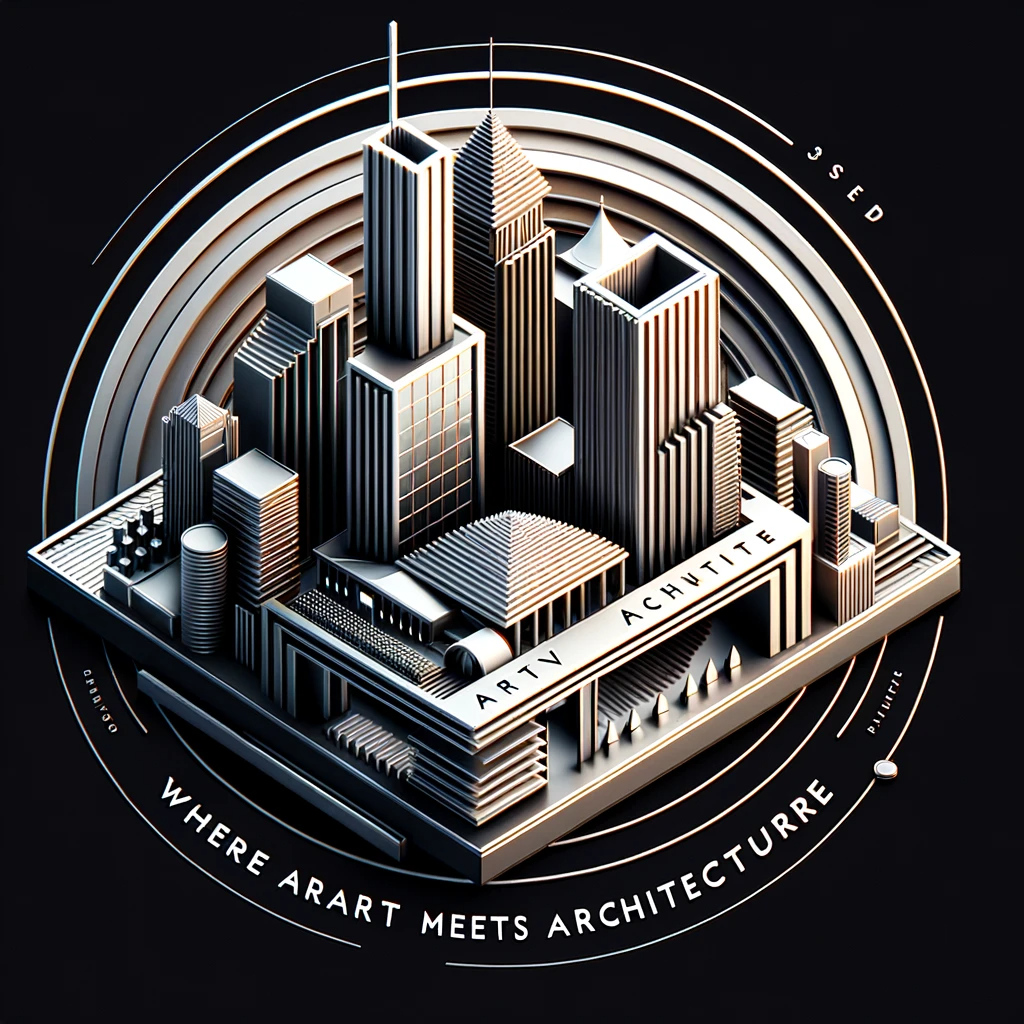Palazzo Chupi, located at 360 West 11th Street in the West Village of Greenwich Village, Manhattan, New York City, is a distinctive residential condominium building. Designed by artist Julian Schnabel, it’s styled after a Venetian palazzo and is notable for its bold pink color and unique architecture.
Palazzo Chuppi

Palazzo Chupi, located in the vibrant and historic West Village neighborhood of Greenwich Village in Manhattan, New York City, is a unique residential landmark. Designed by the acclaimed artist Julian Schnabel, the building is an artistic expression, merging modern living with the grandeur of a Venetian palazzo. The structure’s striking pink façade makes it an unmistakable feature in the New York City skyline, embodying a blend of artistic vision and architectural innovation.
The building’s history is as interesting as its design. It was constructed atop a former horse stable, which has been transformed into a multifunctional space. The lower four floors, previously the stable, now serve as Julian Schnabel’s personal studio. This area also includes a variety of amenities, such as a parking garage, art gallery spaces, and a luxurious swimming pool, offering a mix of creative and leisure spaces within the building.
Palazzo Chupi comprises five spacious and “palatial” condo units, each reflecting a unique blend of artistic flair and upscale living. These units are designed to offer residents a sense of exclusivity and privacy, a rare find in the bustling city. The interiors likely mirror the exterior’s boldness, with a focus on spacious layouts, high-quality materials, and perhaps, unique artistic elements personally introduced by Schnabel.
The building’s name, ‘Chupi’, carries a personal touch from Schnabel. It is inspired by the Spanish lollipop brand “Chupa Chups,” used affectionately as a nickname for his second wife, Olatz López Garmendia. This personal connection underscores the building’s identity as not just an architectural project, but also a reflection of Schnabel’s personal life and artistic journey.

In summary, Palazzo Chupi stands as a testament to Julian Schnabel’s vision, combining his artistic prowess with his architectural interests. It’s more than a residential building; it’s a piece of living art, a fusion of personal expression and luxury living in one of New York City’s most sought-after neighborhoods.
